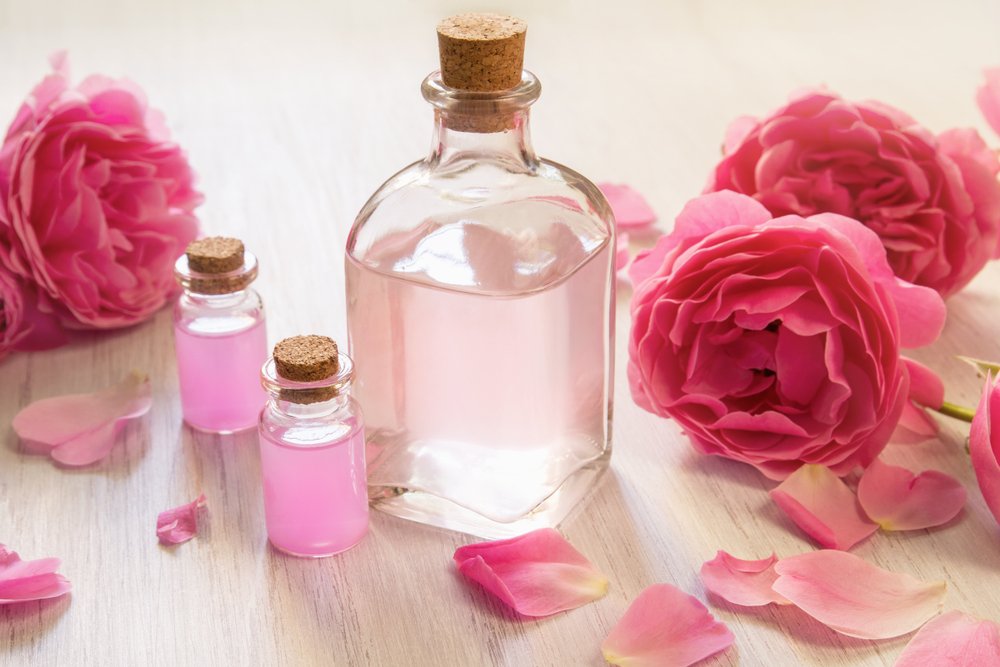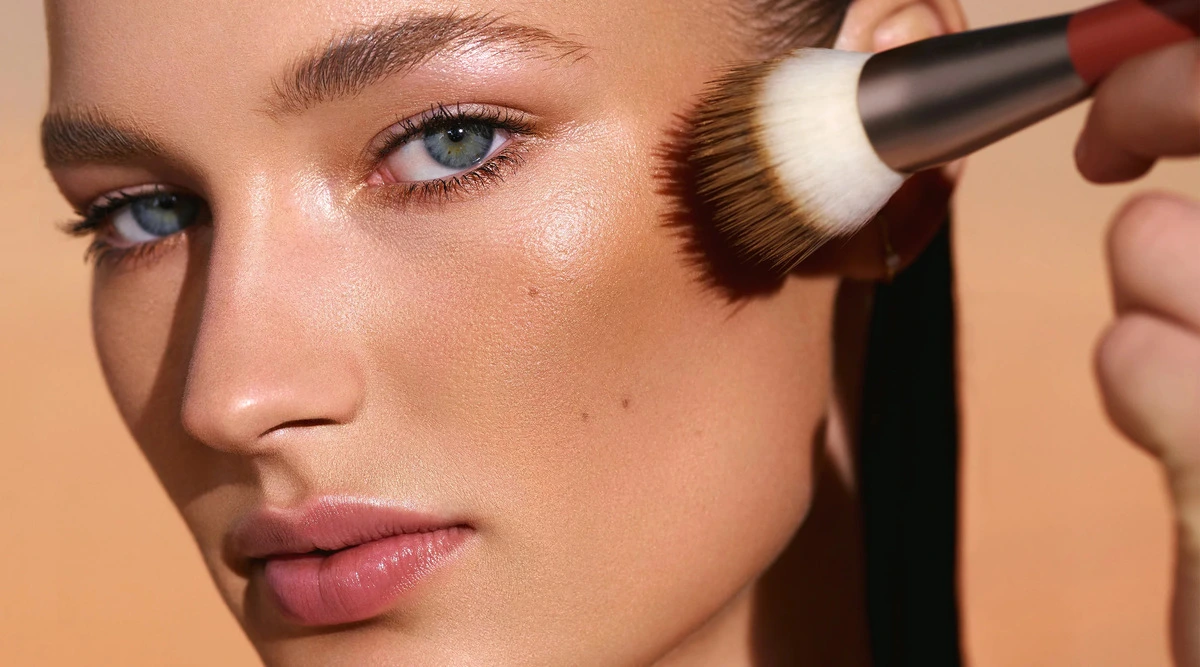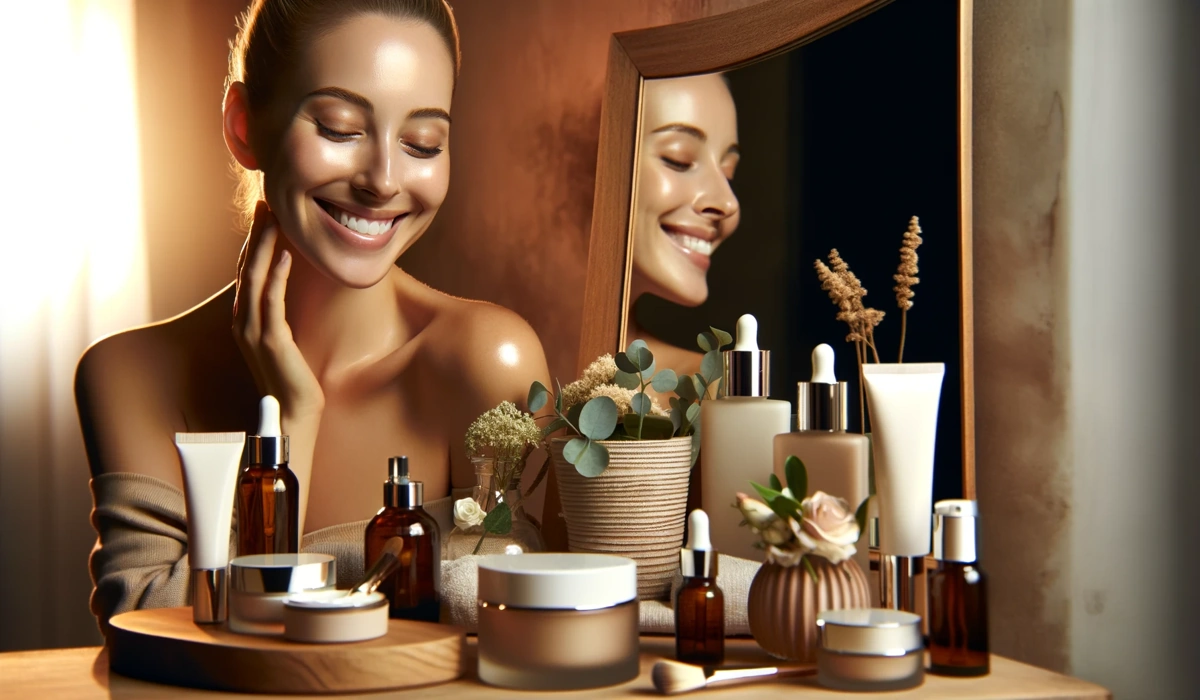Jean responded in a totally opposite manner saying, “How could you not love a child?” She took one look at me and said, “Let’s make this happen!” For five years Jean fostered Jono. She continually tried to get in contact with his birth parents and send them updates, but all letters were returned unopened. So, Jean adopted him.
It was around age 7 that Jono realized he was different from other kids his age. Children tried to avoid him, afraid they would catch his disease.
“I was desperate to have friends, I’d do anything. I had no confidence. I’d buy lots of sweets and give them to the other kids so that they’d like me,” said Jono to BBC. “I ended up doing stupid things so that people would talk about me for a different reason to the way I looked. I set a firework off in class, I got up to no good. It was quite often alcohol related, I got quite a bad reputation amongst other mums and teachers.”
Loneliness plagued the deformed boy, but he did have at least one friend, Ben. “Ben worked in a bar. One day he said, ‘Dude, you have to come with me. It’s a good life. You get drunk while working and then go out,’” said Jono at National Organization for Rare Disorders (NORD) Conference. “So I got my uniform and started working. On that night I could have passed out, it was so scary. But I was proud of myself. All I could see was people making fun of me. I lasted 3 hours.
“I thought things might have changed. That they might want to know I was happy. It was awful. Awful. I cried and cried. But I have come to terms with it. It must have been one of the hardest decisions they ever had to make,” Jono said. “I found out they’ve gone on to have two more children. I’m glad they have got a family. I’m happy, I hope they are happy too.”
Today Jono travels the world, sharing his story and helping other children struggling with the same difficulties. “I’m proud of who I am. And Treacher Collins made me who I am today,” said Jono.









